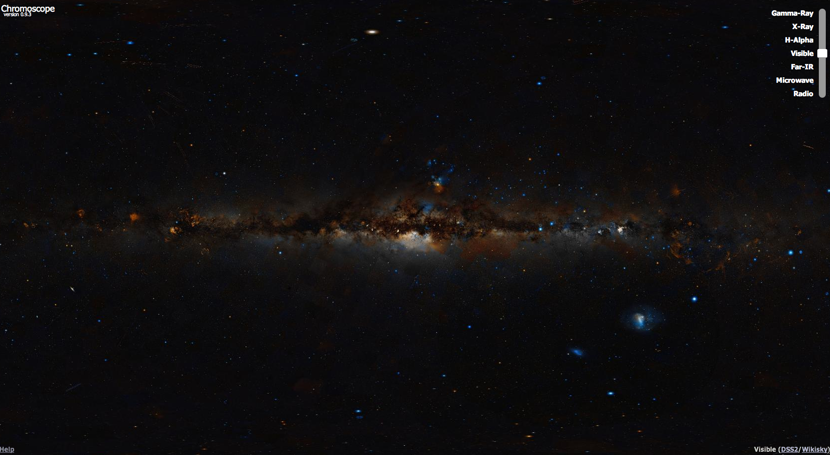
“Pretty and Useful”
This link came through on one of the physics teaching mailing lists I’m subscribed to (thank you, Helen Reynolds – your description of it is perfect). It’s a chromoscope that… Read more “Pretty and Useful” →

This link came through on one of the physics teaching mailing lists I’m subscribed to (thank you, Helen Reynolds – your description of it is perfect). It’s a chromoscope that… Read more “Pretty and Useful” →
Here’s a great free resource that allows students to practice data collection and other aspects of experimental science without the hassle of actually doing the experiment. Before you start screaming about how it’s important to do these things for real, this is what the makers of this resource say: “Virtual Experiments are not intended to replace the real hands-on laboratory – science students need to develop the skills of setting up, alignment and adjustment with real equipment – but they can offer huge added value as warm-ups to the real thing,… Read more Virtual Experiments →
“Conservation of Momentum” is one of those laws we ask our students to believe in. Sure, we try to demonstrate it using air tracks and stuff, but the numbers never really add up. This video shows space tourist Richard Garriott trying to demonstrate conservation of momentum aboard the ISS – it’s not entirely convincing, because there are no measurements / data, but it looks much more impressive than an air track and he adds a little explanation of how the law applies to the practicalities of life aboard the space… Read more Conservation of Momentum on the ISS →
Measurement is at the heart of science – a point that we could probably do with reiterating to our students on a regular basis. This video, by the appropriately named Marshall Brain, founder of howstuffworks.com, contains some great ideas for easy-to-do activities which should be ideal for Year 7 (or even KS2 students). I don’t recommend showing the video to your students – this is one of those videos that’s worth watching to get ideas to do “for real” in the classroom.
October is Black History Month in the UK. I’d bet most science teachers would struggle to name a single black scientist from history. Whilst it may be important to make students aware of the historical contributions of black scientists, I think it’s perhaps more important to make children aware of the work that black scientists are doing today, particularly in Africa. The film below is one I made back in 2006. It is a portrait of the winner of the 2006 Royal Society Pfizer Award – for “an outstanding, innovative… Read more Black History Month →
This is one for you if you’re feeling a little lazy. You could do this demo and explain the science yourself… or you can let Dr Andrea Sella of the UCL Chemistry Department explain why things appear “white”. Suitable for anyone teaching the electromagnetic spectrum or “properties of light” at KS3 or KS4. (Warning: the first few seconds of the video are deliberately meant to show a blank white screen).
This is one you really should do for yourself. The video is way too long, but I like the fact that he uses such a big can and it serves to illustrate one of the problems with this demo – you just don”t know when the thing is going to go…
There are some great science films out there which are well worth showing to your classes. Unfortunately there’s not enough time to show more than one or two such films during the school year, so it would be really useful to have more short films to give a bit of background and history to the topics we need to teach – a kind of video version of those boxes you get in text books, which tell you a little bit of history or provide some biographical detail of a scientist.… Read more Penicillin →
Here’s another video that might come in useful when teaching about acids and alkalis – Rosie Coates shows us her favourite chemistry demonstration involving a giant test-tube and some universal indicator solution. As well as showing us a fantastic demo, Rosie explains how the science of acids and alkalis can have important real-world applications. This is another video where it’s really worth hitting the “HQ” button on the youtube player after you’ve hit “play”.